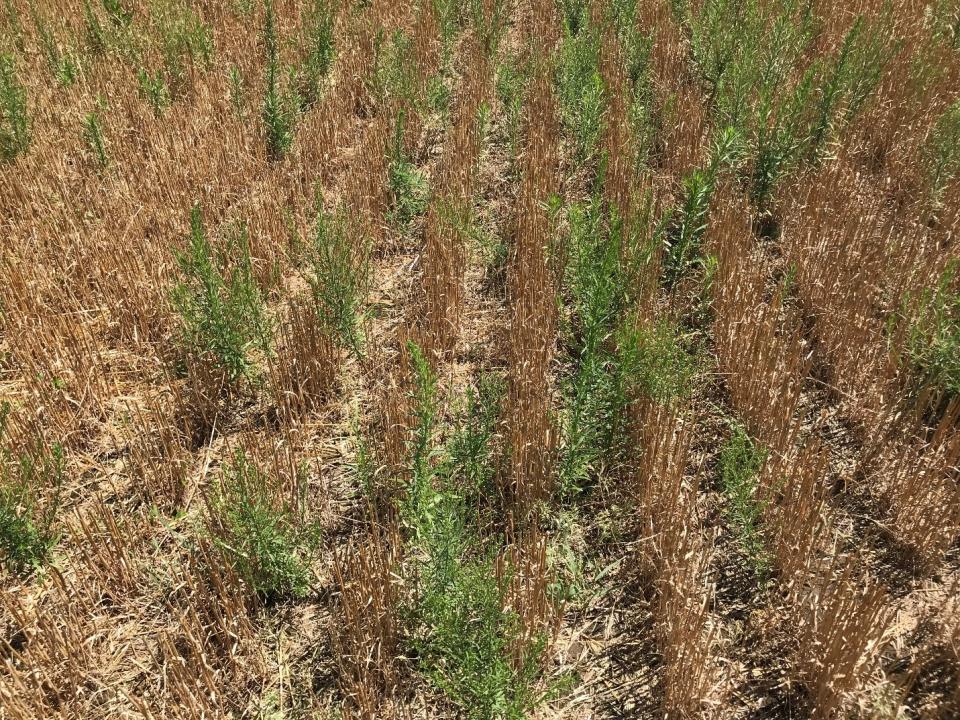
Looking Back on the 2019 Wheat Crop in Western Nebraska
Southwest and West Central
It was a good year for winter wheat in most areas of southwest and west central Nebraska. Dryland yields ranged from 45 to 105 bushels per acre. Some said it was one of the best years ever in their area for winter wheat. Cool weather during the grain-filling period combined with good precipitation pushed grain yields higher. In general, temperatures over 85°F during the grain-filling period can reduce grain yields.
When comparing the Winter Wheat Variety Test results for the region, it is obvious just how good a year this was for wheat. Until this year, the highest average yield in a variety test for our area was in 2008 in Furnas County when the average was 90.6 bushels per acre. Keep in mind that average also includes lower yielding varieties such as Turkey and Scout 66. In 2008, the top four varieties averaged 101 bu/ac.
The previous 2008 record was broken this year due to improved wheat varieties and ideal growing conditions. Three counties surpassed the old record this year. Harlan County averaged 100.5 bu/ac with the top four varieties averaging over 114 bushels per acre. Perkins County averaged 102.6 bu/ac and Keith County averaged 96.7 bu/ac.
Panhandle
Similar to the southwest and west central regions, high yields were observed throughout the area. Ideal temperatures, good moisture, and low disease pressure was the perfect combination to achieve high yields.
Box Butte County’s rainfed winter wheat variety trial average was 75.6 bu/ac. The other trials did well with the exception of Cheyenne County which had some hail damage.
Throughout the area, many areas were impacted by hail and had significant or total yield reductions. Growers that experienced hail should carefully monitor and control volunteer wheat to eliminate the green bridge and reduce wheat streak mosaic virus risk.
Across the western half of the state, the high yields meant much of the winter wheat had low protein levels. In some cases, nitrogen fertilizer applications were not made this year because of wet field conditions.
One positive was that diseases or insects were not a major problem in the area this year. Weeds though were a problem in many fields. Again, some fields were not treated with herbicides because of field conditions (Figure 1).
Online Master of Science in Agronomy
With a focus on industry applications and research, the online program is designed with maximum flexibility for today's working professionals.
